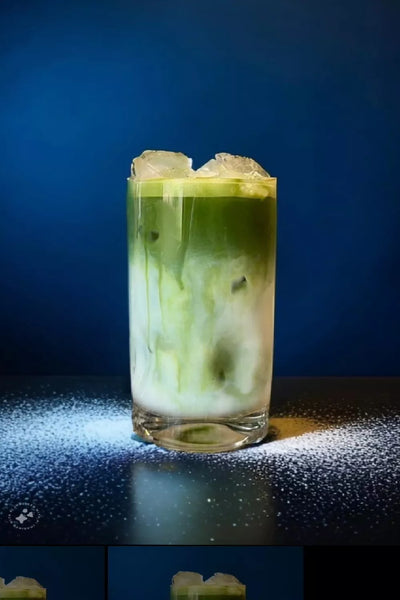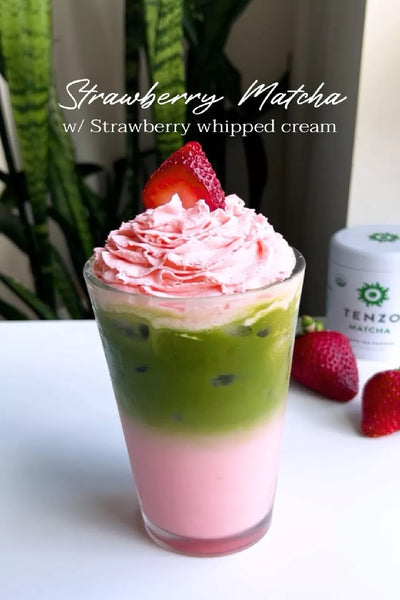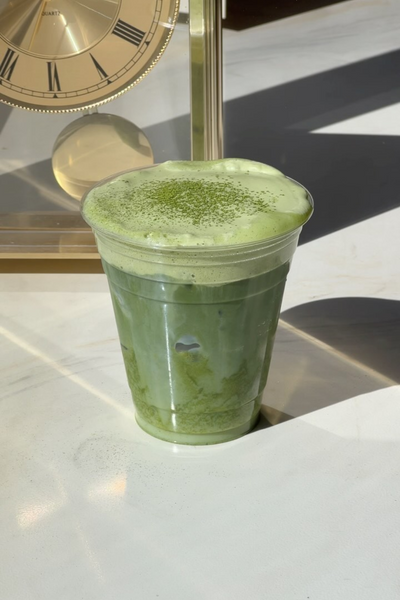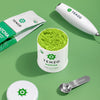Types of Tea: The Ultimate Guide to Tea Types
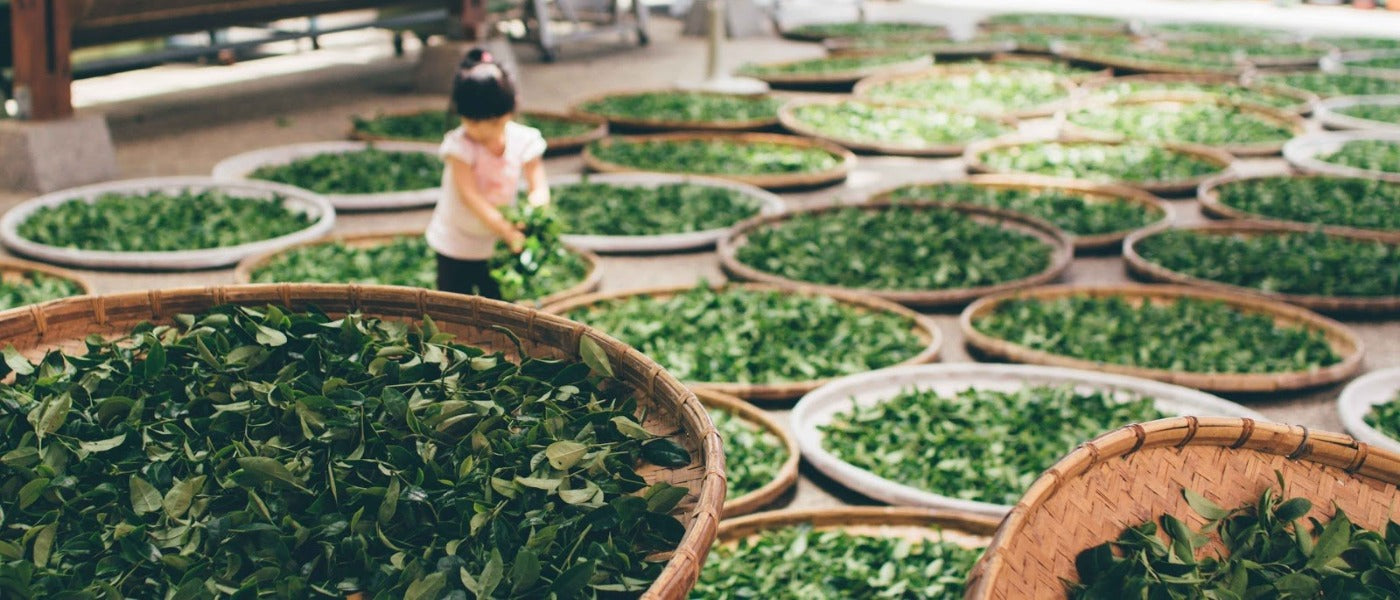

Types of Tea: The Ultimate Guide to Tea Types
Posted on February 25, 2021 | by Steve O'Dell
Coffee culture has a reputation for being complicated, but tea culture has its own unique quirks. It manages to be both complicated and extraordinarily simple at the same time. All tea is technically the same, but every variety of tea has its own unique qualities. The growing process, harvesting process, and drying process can significantly impact the flavor, aroma, and benefits of tea.
How Many Types of Teas Are There?
White, green, black, matcha, and oolong are the core types of tea. Tea refers to the leaves of the camellia sinensis plant. They all come from the exact same species of plant, which can be a shocker if you know how different each variety of tea tastes. They’re simply harvested at different times, dried or oxidized in different ways, and in the case of matcha, prepared uniquely.
What’s the Difference Between True Tea and Herbal Tea?
Herbal tea isn’t actually tea. Herbal teas are blends of herbs, fruits, vegetables, and aromatics designed to be steeped in water. These blends typically don’t contain caffeine. Herbal teas are sometimes targeted to specific wellness concerns—chamomile herbal tea is the prime example. It’s used to promote relaxation, so it isn’t made with tea leaves. Tea leaves naturally contain caffeine, so that would defeat the purpose of a sleepy blend!
Rooibos, or red tea, is also an herbal tea. It isn’t made from a tea plant but from a leafy red bush with a distinct flavor. Yerba mate is its own plant, and so is kava. These things may be referred to as tea, but they’re something else entirely.
What About Scented, Specialty, or Flavored Teas?
Scented or flavored teas are often made with a mix of true tea leaves and herbs, spices, fruits, or flowers that impart additional flavor. These scented, specialty, or flavored teas use the camellia sinensis plant as a base, but put a special twist on the plain plant.
Earl Grey tea is black tea with bergamot, and jasmine tea is green tea dried with jasmine buds. Chai tea is black tea infused with spices like cinnamon, ginger, and star anise. Darjeeling tea is camellia sinensis that has been grown in or near India. English breakfast tea is a blend of black teas.
There is one thing they have in common. They are either made with white tea, green tea, black tea, oolong tea, or matcha as their core.
How White Tea Is Made
White tea is harvested from new growth on the camellia sinensis plant. That’s why it has such a strong floral flavor. The leaves have not fully developed and are covered in tiny silver hairs that give the leaves a white appearance. After the leaves are harvested, they’re quickly steamed to prevent oxidation.
How Green Tea Is Made
Green tea leaves are harvested at different stages. Traditional green tea is made from leaves that are mostly or fully mature. They’re harvested and steamed to keep them green before they’re dried.
How Black Tea Is Made
Black tea is made from fully mature tea leaves. It’s made just like green tea, but with one major difference. The leaves are allowed to oxidize before the tea is dried. This oxidation is what turns the leaves black and deepens the flavor of the tea.
How Oolong Tea Is Made
Oolong tea is almost the same as black tea, but with one difference. Oolong tea is only allowed to oxidize for half the time black tea is allowed to oxidize. This puts its flavor somewhere in between green tea and black tea.
How Matcha Tea Is Made
Everything about the production of matcha is different, starting with the way it’s grown. During the final month of the growing cycle, matcha is grown in the shade to preserve the chlorophyll and nutrients of the plant. The leaves are hand-harvested and deveined while they’re still young, just slightly more mature than white tea.
The leaves are graded according to their quality and their color. Ceremonial grade matcha is the highest quality of matcha. The leaves are at their peak and their most vibrant shade of green. The leaves are steamed to prevent oxidation and dried.
When the leaves have been fully sorted and dried, the tea is ground into a very fine powder, rather than placed in bags or sachets. That’s one of the things that makes matcha so different from other teas. It isn’t steeped or used to flavor water. The tea itself contains the leaves, which you drink in their entirety. Matcha is the only tea you actually consume.
Why Is Matcha the Best Tea?
Certainly, no tea masters would go through the arduous and complicated process of growing and perfectly crafting matcha if it wasn’t worth the effort. Matcha is the best that the tea plant has to offer. Its carefully controlled cultivation process is designed specifically to preserve as much of the plant’s goodness as possible.
Matcha’s High Antioxidant Content
Matcha provides up to 137 times more antioxidants than traditional green teas. There are two reasons for this. The first is the way that the matcha is grown. It’s grown to keep the chlorophyll levels high, preserving the antioxidants they lend to the tea. The second reason is that you’re consuming the entire leaf of the plant, rather than just the antioxidants that steep into the water.
Antioxidants help to protect the cells in your body from something called oxidative damage. Oxidative damage is caused by free radicals. Free radicals are produced from normal metabolic processes like exercise and aging, as well as environmental factors like pollution. You can think of them like microscopic thieves, constantly on the prowl to steal electrons from healthy cellular structures. By robbing electrons from your healthy cells, they damage them and potentially cause negative outcomes.
Antioxidants become an alternative source of electrons. Free radicals go for the antioxidants first, safely oxidizing them instead of your healthy cells since antioxidants have the room to give up an electron without going unstable. That’s a crucial way that matcha works to support your immune system and overall wellness. This load of antioxidants can help protect your body from oxidative stress.
Matcha’s Gentle and Balanced Caffeine
Matcha contains about ⅓ the caffeine of a cup of coffee, making it the perfect choice for people who are looking to reduce their reliance on caffeine to get them through a busy day. You’ll get a pick-me-up from matcha, but not a huge and unsustainable jolt of energy.
Matcha is rich in an amino acid called L-Theanine, and L-Theanine appears to change the way caffeine interacts with the body. Instead of all of the caffeine rushing in at once, your body seems to be able to use it at a steadier, calmer pace. This gives you a gentle stream of energy without the jitters or a caffeine crash.
Protecting Your Heart and Liver
Green tea has been studied for heart health benefits. Regular green tea contains a catechin called EGCG that works to stop the oxidation from setting up shop in your arteries and affecting your heart. A number of studies show supported heart health in people who drink green tea regularly. Matcha is a concentrate of green tea, making it one of the most potent forms of EGCG.
Matcha Supports a Healthy Metabolism
Green tea and its extracts have been extensively researched for their ability to provide metabolic support. Many studies have even shown a connection to drinking green tea and losing weight (when paired with healthy diet and exercise, of course!)! One of the many ways matcha helps you shed those pounds is by supporting your metabolism, energizing you and making it easier to complete a higher intensity workout.
There is no magic remedy for weight loss besides a well-balanced and nutritionally sound diet combined with a healthy amount of exercise. Green tea can help support your efforts. Replace sugary beverages with unsweetened or naturally sweetened matcha and use it as your fuel.
The Takeaway
If you’re looking to experience the benefits of matcha, it’s easy to get started. Tenzo’s Trial Kit includes everything you need to start preparing your own matcha. Simply measure the matcha, drop it into your water, and use an electric mixer or whisk to integrate the two. You can use matcha on its own in tea, add it to foods like oatmeal or protein pancakes, or incorporate a scoop into your plant smoothie to enhance it with all of matcha’s goodness.
Sources:
All About Tea Plant (Camellia Sinensis) | The Spruce
Green tea extract ingestion, fat oxidation, and glucose tolerance in healthy humans | NCBI
L-theanine partially counteracts caffeine-induced sleep disturbances in rats | NCBI


